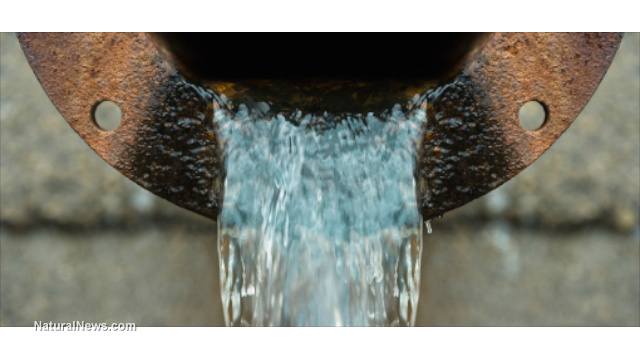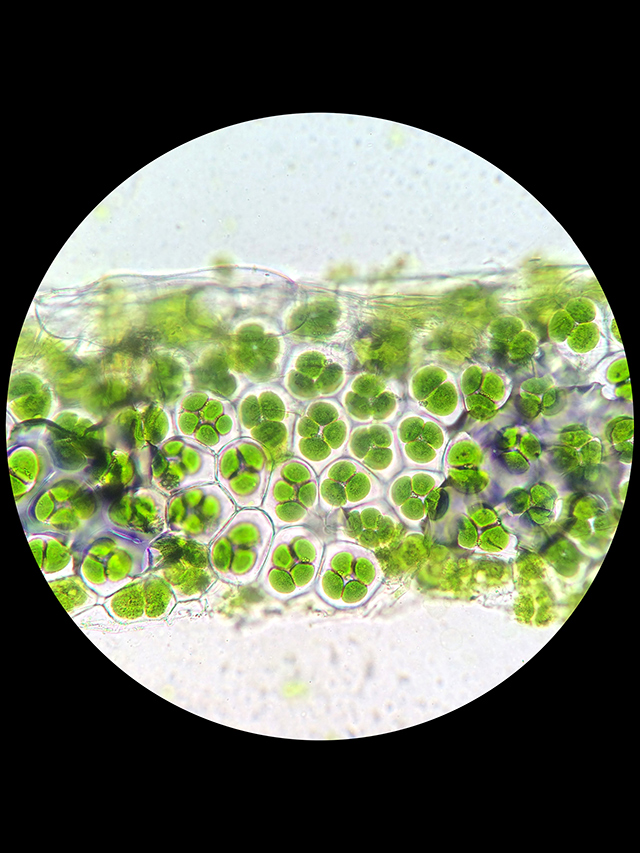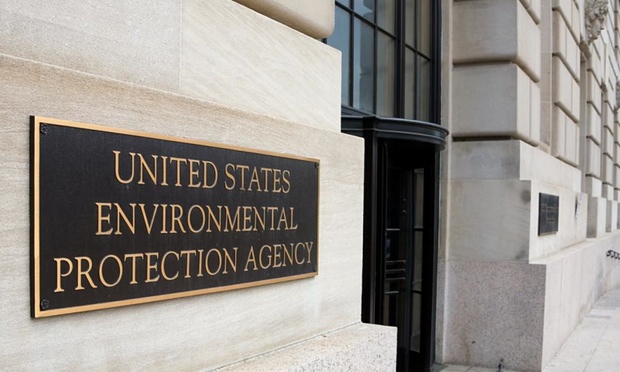As Legionnaires’ disease continues to claim hundreds of lives and thousands of victims, the prestigious National Academy of Sciences, Engineering and Medicine assembled an investigatory team who will look into the best ways to keep the lethal Legionella bacteria out of vulnerable plumbing systems, water works and lungs, reported a Circle of Blue article.
Legionnaires’ disease is considered to be the deadliest water-related illness in the United States. First discovered in 1976 and initially mistaken for pneumonia, its outbreaks have increased more than 400 percent over the last 15 years.
In 2016, Legionella bacteria were responsible for more than 6,000 cases and several hundred deaths. In comparison, older water-borne diseases like cholera and typhoid are practically extinct in the U.S.
Several studies suggested that the number of actual infections is far higher than the number of reported cases. (Related: Deadly Legionella bacteria found on medical equipment at University of Washington Medical Center.)
Around 60 strains of Legionella bacteria have been identified so far. The disease is not contagious, but it targets the lungs and gains access to the respiratory system through inhalation of bacteria-laden mist.
Academy, experts on the case
In response to the increasing instances of these deadly outbreaks, the Academy assembled a group of 13 experts in the fields of building management, engineering, infectious disease, microbiology, public health and water treatment. They intend to shed more light on the pneumonia-like disease, its pathogen and its infection vectors so that public policy will be guided appropriately.
Some parties have been urging the committee to concentrate on securing municipal water systems against contamination.
“We’re concerned that there is insufficient focus on the public water supply before it enters the building,” said Daryn Cline, director of science and technology for the Alliance to Prevent Legionnaires’ Disease.
The 2014 and 2015 outbreaks of Legionnaires’ disease in Flint, Michigan suggested that Legionella bacteria can invade water distribution systems during street construction and water main breaks. Furthermore, changes in water chemistry seem to spur the growth of bacteria, increasing the chances of infection.
According to Cline, Legionella management policies are designed to handle large-scale outbreaks.
Circle of Blue cited statistics from the Centers for Disease Control and Prevention that determine only four percent of Legionnaires’ disease cases fit under the category of large-scale outbreaks. The vast majority of victims are either individuals or cases with unidentified sources of infection.
Parties responsible for operating buildings or supervising regulations asked for practical advice from the Academy committee regarding risk reduction and assessment techniques. They want to know how to gauge the effectiveness of their preventive actions.
Shantini Gamage of the Veterans Health Administration remarked that studies have determined Legionella bacteria to occupy large swathes of plumbing. That got her interested in the rules, thresholds and frequencies that the Academy study will set for building managers.
“Is every building a ticking time bomb?” she asked. “How do we know what to prioritize?”
She asked for guidelines to be set regarding testing locations, frequency of tests, levels of bacterial contamination, and what should they do if the test proved positive.
Gamage also worried about the reliability of laboratory testing. She shared one experience when her department sent the same water sample to a quartet of different labs. Each laboratory came up with a different result.
“Should we be acting when this is the testing result?” she asked.
The Academy study is backed by three federal agencies: Centers for Disease Control and Prevention, Environmental Protection Agency, and Department of Veterans Affairs. It also received a grant from the Alfred P. Sloan Foundation, a philanthropic group with an interest in microbes found inside buildings and cities.
Estimated time of completion for the study is 18 months.
Need to know more about other infectious diseases? Check out Outbreak.news.
Sources include:
CircleOfBlue.org
NationalAcademies.org




















